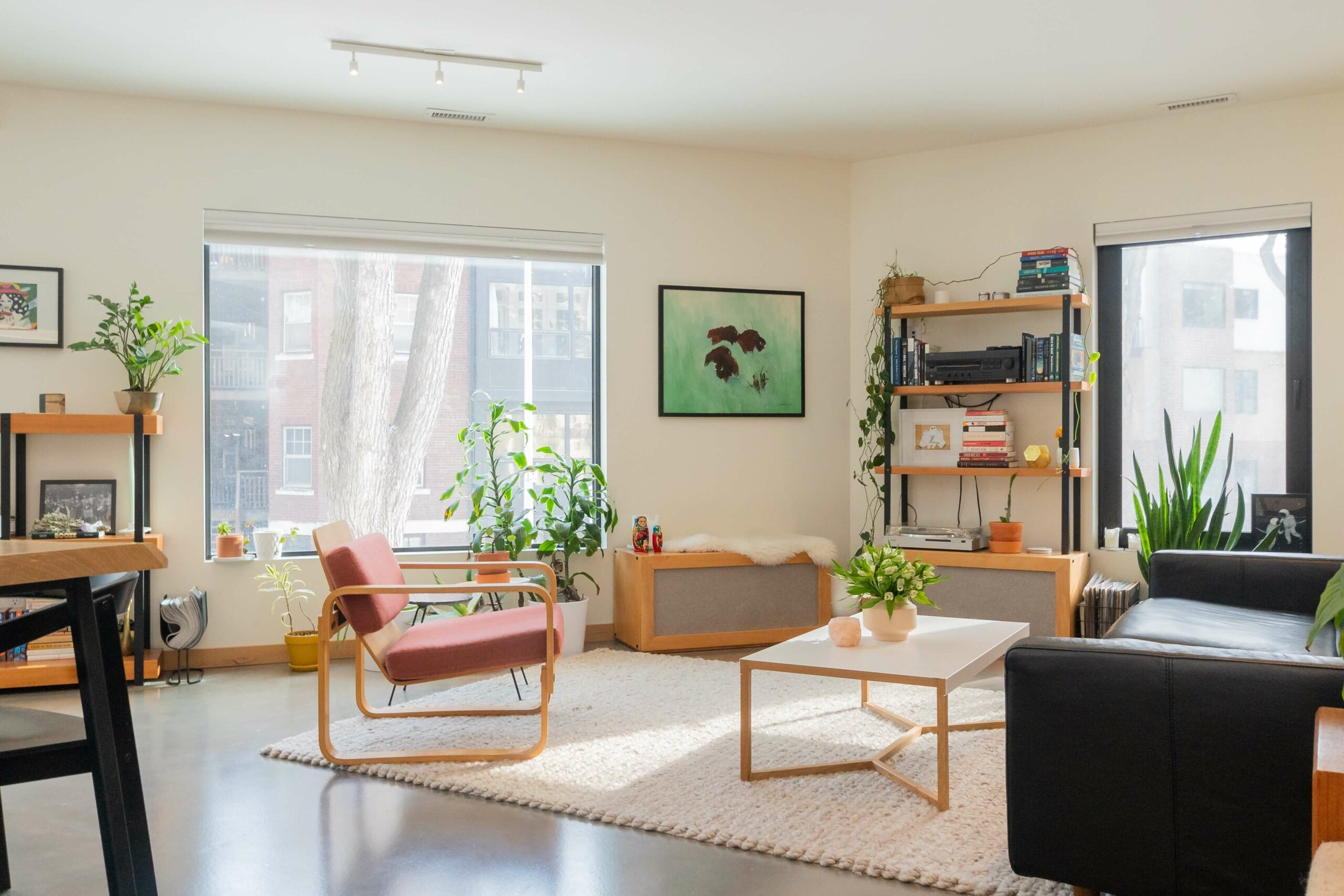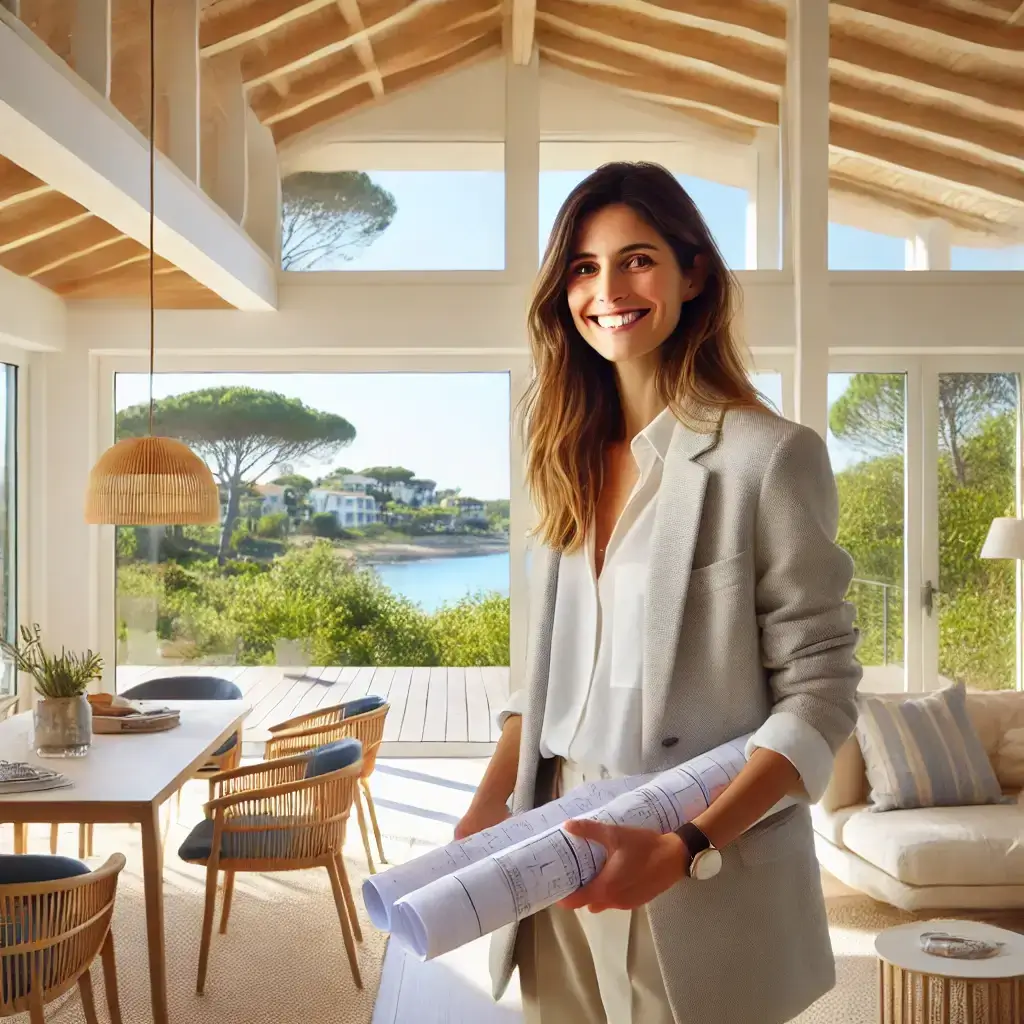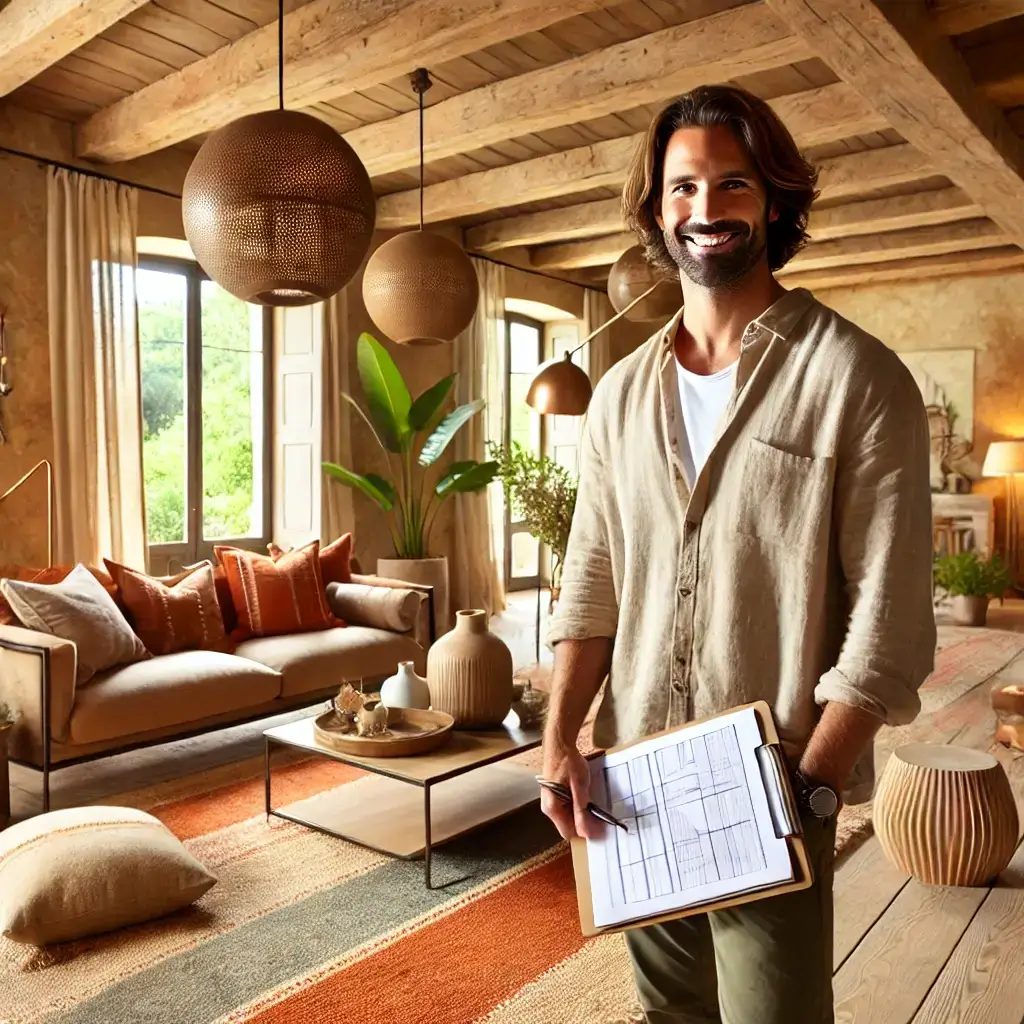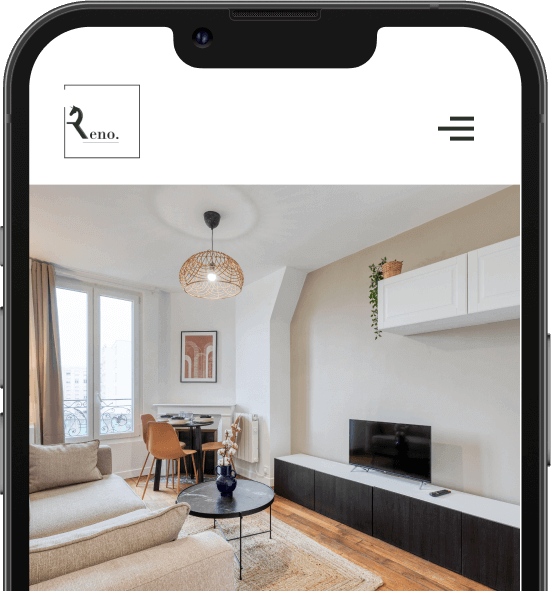Arranging a small living room is often challenging due to limited space. However, the same can be said for a large living area. You must successfully furnish and arrange the room while avoiding the "empty" effect. Therefore, it's important to strategically position elements rather than merely filling gaps. Comfort is the most crucial factor when designing a large living space. To facilitate the process, here are some helpful tips and ideas.
Space Planning for Proper Distribution
Installing partitions in a large living room is not ideal as it diminishes space and restricts access to light. Fortunately, there are effective ideas for dividing space without using partitions.
Efficient Furniture Placement
Sofas, shelves, tables, and some storage are essential furniture pieces for your living room. Place them in a way that doesn't overcrowd the space or hinder circulation.
Using Color to Define Space
To divide space in a large living room, you can also play with colors. Differentiating the hue of each area can delineate them. Additionally, creating depth by playing with wall colors can be effective. For instance, if you use off-white for the living area, opt for beige or another shade for the dining area. This creates contrast while separating the two spaces. You can employ the same technique in other rooms for added uniqueness.
Effective Color Selection in the Room
Color choice is crucial when designing the interior of a living space, especially a large one.
Opt for Light Colors to Diminish the Room's Volume
Dark colors draw attention and reveal the extent of space. Therefore, if you want a room with a very visible hue, opt for vibrant, dark paints. Conversely, if you wish to diminish the room's size, use light colors. They provide neutrality and enhance brightness.
Playing with Tones and Shapes for Unique Design
To add uniqueness to the room, consider adding shapes to the walls. For example, if you choose a light color for the wall, add colorful stripes. Alternatively, for a truly unique living space, use more unconventional shapes. Geometric patterns and arches can decorate the room uniquely. However, avoid overcrowding the room with patterns to prevent a cluttered effect.
Adding Suitable Accessories and Decorative Furniture
Adding accessories and decorative furniture allows you to infuse your personality into your home or apartment. Therefore, you must carefully choose furniture to match the colors and layout of the living space.
Placing Rugs According to Room Size
Rugs are decorative tools that optimize the structuring of a room. However, it's important to use them according to the shape of the room to enhance its features.
In the living room, rugs can be used to delineate living spaces and group seating in a dedicated corner. The coffee table should fully rest on the rug. For rectangular living rooms, a large, long rug is ideal, positioned to dress the entrance to the living room, for example.
In a bedroom, a rug adds a cozy touch and protects your feet from the cool floor. The ideal size depends on the length of the room and the width of the bed. Note that the bedside table can be placed on the rug.
To add comfort to your dining room, the size of the ideal rug should match that of the table.
Arranging Furniture According to Needs
For optimal interior decoration in your apartment or house, the choice and arrangement of furniture are important. In addition to the corner, straight, or armless sofas, you can add one or two armchairs and a coffee table. Depending on your needs and preferences, you can choose between a U-shaped or L-shaped layout.
Furthermore, the living space is also an ideal place for leisure activities. In this case, a space for the television should be considered. You can either mount it on the wall or place it on a TV stand. Similarly, a space for books (shelves or a bookcase) may be necessary. For this, it's ideal to choose a well-lit corner, close to the window or patio door. Additionally, a console, side table, or other items can complement the setup if space permits.
Moreover, for optimal decoration of the living room, bedroom, or other large rooms, transparent accessories are highly recommended. Furniture made of natural materials like wood also make the best decorative choices. You can install transparent vases, wooden-framed artwork, or wicker baskets, among others.
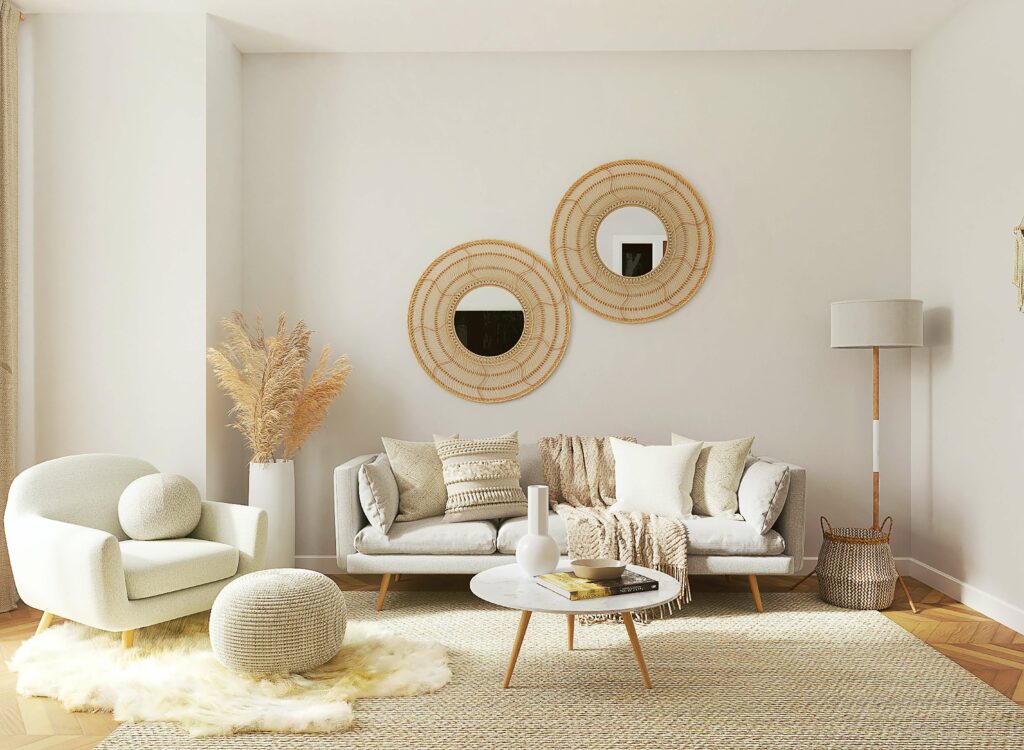
You're just a few clicks away from renovating your home.
Playing with Lights to Define Space
Brightness is essential for optimal interior design. In addition to natural light, you can enhance your living room or bedroom with lighting fixtures.
Harnessing Natural Light
The accessibility of natural light to the room is crucial for the success of your interior design and decoration. Cluttered and disorganized rooms appear visually darker. Therefore, it's advisable to keep only essential furniture to benefit from optimal brightness.
As for accessories, consider replacing heavy curtains with lighter ones. Opt for a lighter color like white to create a luminous reflection inside your living space.
Diversifying Lighting Fixtures Within Your Space
If natural light doesn't sufficiently enter your room, you can supplement it with indoor lighting systems such as fixtures. These are suitable accessories for creating artificial light almost as pleasant as natural light. Additionally, depending on your tastes and budget, you have a variety of lighting options to choose from. You can opt for pendant lights, spotlights, or wall sconces.
Optimizing Space from Floor to Ceiling
When it comes to storage and decoration, considering the height and length of the walls is crucial for optimizing your layout. This will allow you to choose the most suitable furniture.
Storage According to Wall Height
For a perfect interior layout, nothing beats having high ceilings. This ceiling height lends itself to numerous furniture and decoration options. To maximize floor-to-ceiling storage space, there are some best practices to follow. Depending on the height, you can install shelves. In a corner between two walls, for example, you can install a corner cupboard to store books.
As for the space under the stairs, there are plenty of ideas to make the most of it. You can install a small shelf or storage boxes. In any case, it's wise to use custom-made furniture to optimize storage according to the height of your walls.
Storage According to Wall Length
Arranging storage spaces according to wall length is an essential step in perfecting the decoration of your home. The best tricks involve choosing tall furniture to fill the gaps along the walls. You can install a large wardrobe or multipurpose shelves, according to your style. A shorter but wider bookshelf can also suffice.

